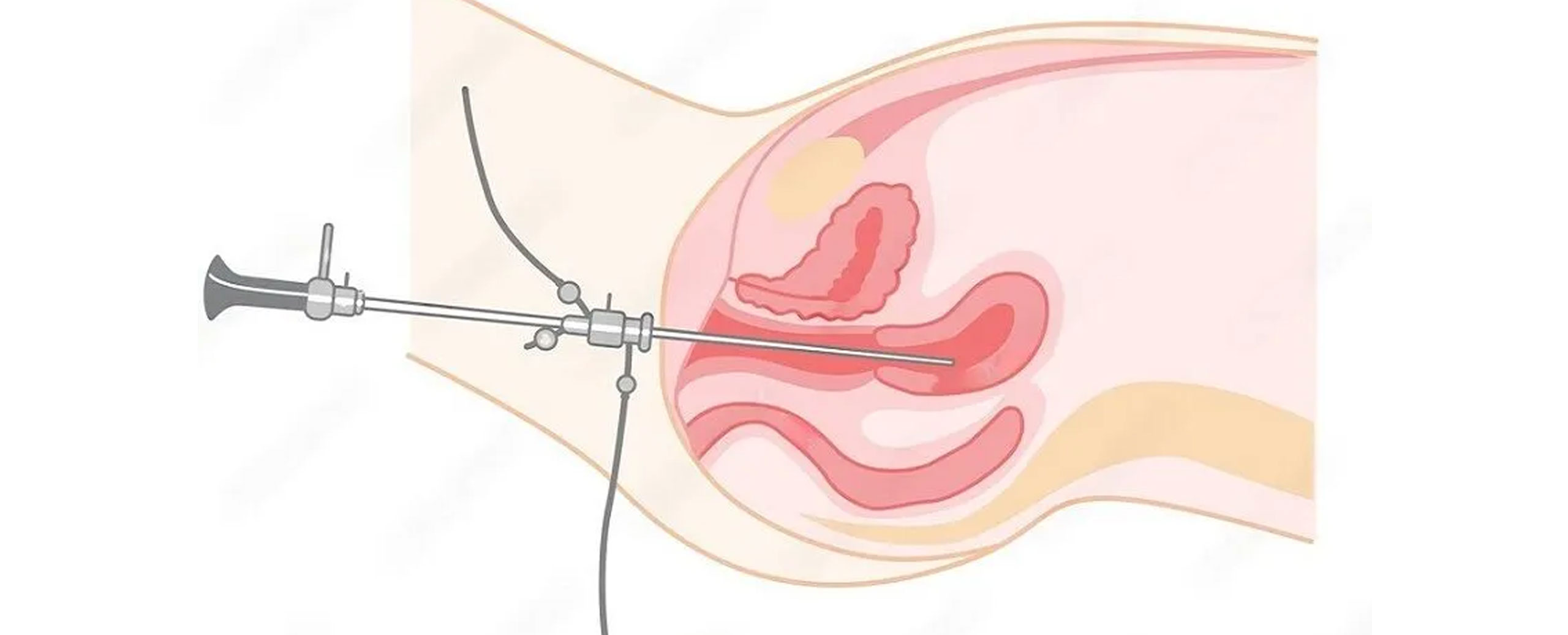
Infertility
Pre IVF Hysteroscopy

Pre-IVF hysteroscopy is a diagnostic procedure performed before in vitro fertilization (IVF) to evaluate and treat any abnormalities within the uterine cavity that could affect the success of embryo implantation. Here's a detailed overview covering symptoms, causes, procedure, and treatments related to pre-IVF hysteroscopy:
Symptoms Leading to Pre-IVF Hysteroscopy
- Previous IVF Failure: After multiple failed IVF cycles, it may be recommended to investigate potential uterine abnormalities.
- Abnormal Uterine Bleeding: Irregular or heavy menstrual bleeding that could indicate uterine conditions.
- Recurrent Miscarriages: To investigate possible uterine factors contributing to recurrent pregnancy loss.
- Unexplained Infertility: When no clear cause of infertility has been identified through other tests.
- Structural Abnormalities: Suspected or detected through imaging tests like ultrasound.
Causes of Uterine Abnormalities in Pre-IVF
- Uterine Fibroids: Non-cancerous growths in the uterus that may distort the uterine cavity.
- Endometrial Polyps: Overgrowths of the uterine lining that can interfere with embryo implantation.
- Uterine Septum: A band of tissue that divides the uterine cavity, affecting implantation.
- Adhesions (Asherman's Syndrome): Scar tissue within the uterus, often due to previous surgeries or infections.
Procedure of Pre-IVF Hysteroscopy
- Preparation: The patient may receive local anesthesia, conscious sedation, or general anesthesia depending on the extent of the procedure and patient preference.
- Insertion of Hysteroscope: A thin, lighted telescope (hysteroscope) is inserted through the cervix into the uterus. The hysteroscope allows the doctor to visualize the uterine cavity directly.
- Evaluation and Treatment: The uterine cavity is inspected for abnormalities such as fibroids, polyps, septum, or adhesions. If any are found, they may be removed or treated during the same procedure.
- Biopsy: If necessary, a small tissue sample (biopsy) may be taken for further examination in case of suspicious areas or to assess endometrial health.
- Completion: Once the procedure is completed, the hysteroscope is removed, and any incisions or openings are closed.
Treatments After Pre-IVF Hysteroscopy
- Removal of Abnormalities: Fibroids, polyps, septum, or adhesions that may interfere with embryo implantation are removed or treated.
- Hormonal Treatment: Depending on findings, hormonal therapy may be prescribed to prepare the uterine lining for embryo transfer.
- Follow-Up Monitoring: Regular follow-up appointments to monitor healing and assess the impact of the procedure on subsequent fertility treatments.
Risks and Complications
- Infection: Risk of infection at the site of the procedure.
- Bleeding: Especially if any abnormal tissues are removed.
- Uterine Perforation: Rare but possible injury to the uterus during the procedure.
- Post-procedure Cramping: Mild to moderate cramping or discomfort after the procedure.
